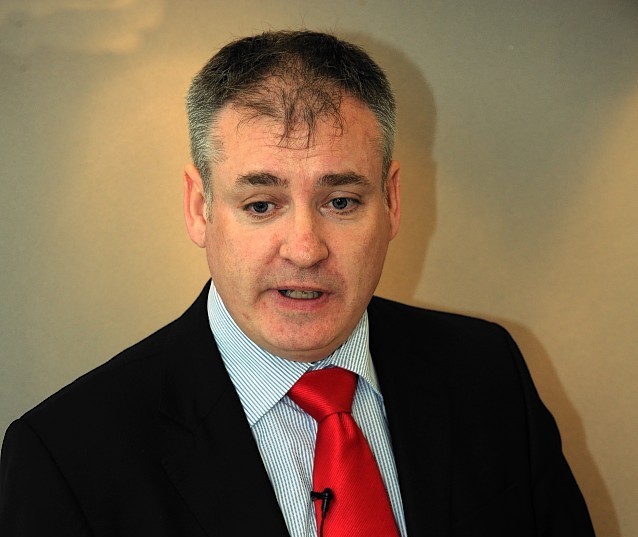A bitter row has broken out between fishermen and conservationists amid claims a voluntary ban on dredging for scallops has been flouted.
The Scottish Government has warned it may intervene and close a huge area of sea off the north-west coast – and there are fears that could put jobs at risk.
Environmental groups say sensitive coral-like formations are being damaged – but shellfish industry leaders have accused them of “hype” and trying to make the ocean bed their “plaything”.
Rural Affairs Secretary Richard Lochhead has indicated he is likely to step into the row after conservationists in Wester Ross complained to him about a threat to the fragile marine environment between Lochinver and Loch Ewe.
The scallop industry is worth tens of millions of pounds to the Scottish economy ever year but green groups claim dredging is damaging sensitive formations of coral-like maerl.
The fishing method also conflicts with the aims of the Scottish Government’s Wester Ross Marine Protection Area, which was established last year to preserve the local marine ecosystem.
Mr Lochhead has given assurances that he is investigating claims the dredging ban was breached.
He said: “It has been brought to my attention that a scallop dredger may have breached the voluntary ban.
“I’ve asked for the evidence and for a report on the incident.
“If it is the case that’s happened I will have no choice but to bring forward emergency orders to close these waters to scallop dredging.
“I take that very, very seriously.
“These maerl beds take centuries to grow again. It is actually self-defeating because they can add to the protection of young larvae or young fish, potentially.
“Therefore, we cannot allow those precious habitats to be damaged.”
The Scallop Association, which represents the interests of 70% of UK scallop fishermen and processors, said it recognises the need for healthy and productive marine eco-systems, but is gravely concerned about a potential ban.
Its secretary, John Hermse, said: “A good nor’westerly storm will cause as much if not more damage than all the fishing effort.
“What people seem to want is the continued gentrification of the Highlands. People now see it as a plaything, a playground.
“They want to preserve a Nirvana that is dependent on one or two bits of eco-tourism. I find that extremely disquieting.”
Jenny Scobie, of Ullapool-based pressure group Protect Wild Scotland, said: “It is necessary for the government to clarify and reintroduce the three-mile limit from the shore and disallow dredging in that area to safeguard fish stocks that are so valuable to communities.”
Scallop Association data for 2010 reveals that the UK fleet landed 43,000 tonnes of scallops that year – 98% by dredging – worth about £54million to UK ports. The remaining scallops were harvested by divers.
Maerl, an accumulation of red coralline algae, is also believed to be one of the largest stores of carbon in the biosphere.
